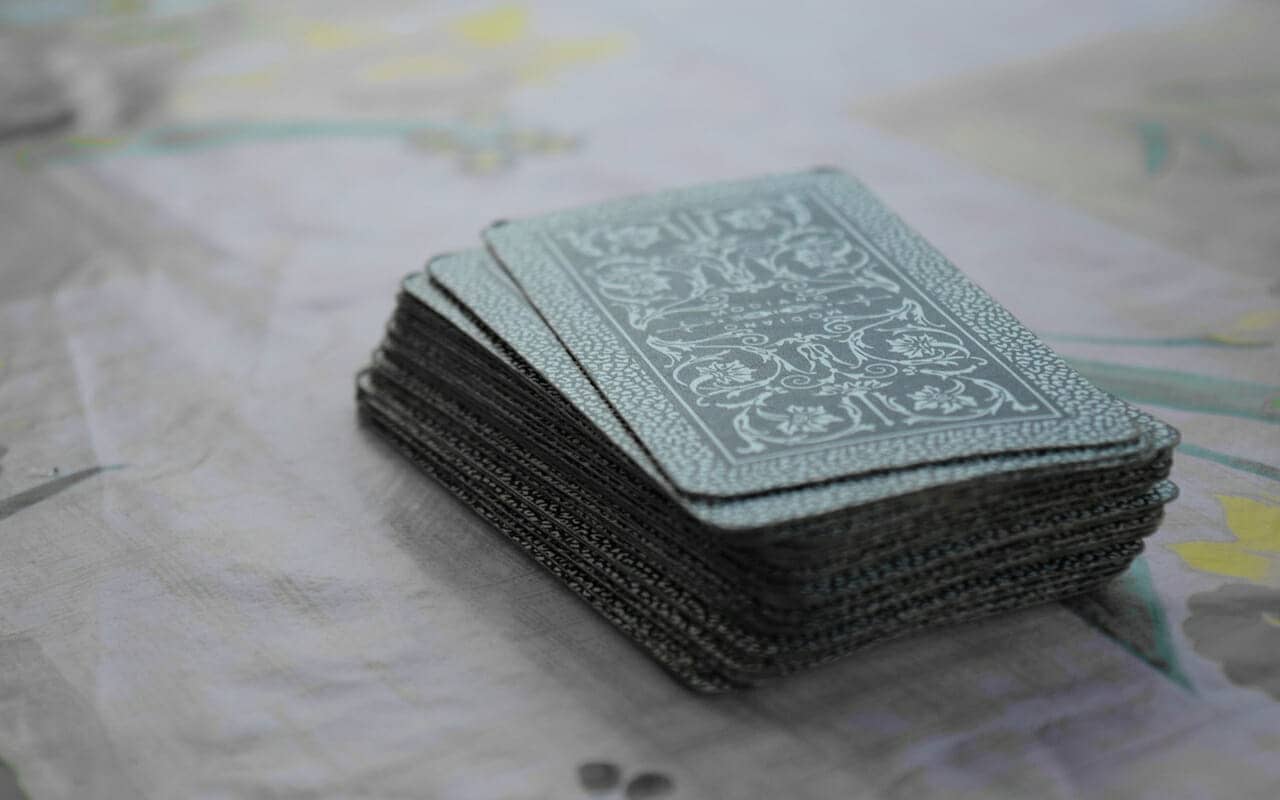 The rules of brainstorming are pretty simple.
The rules of brainstorming are pretty simple.
Problem is…
A lot of people think that simple things can’t be effective.
Sadly, this perception holds far too many would-be brainstormers back.
But when you approach brainstorming with a sense of fun, play and curiosity, entire worlds of new, unique and instantly usable ideas will open up for you.
To help you explore just how entertaining and useful brainstorming can be, I’m going to share the best brainstorming tips I know.
They’re based on a lifetime of turning on the taps and letting the ideas flow. All without “overthinking” the process.
And one thing that helps prevent analysis paralysis is having multiple tools and a variety of processes to choose from.
Including a wonderful process with a weird name I’ll share with you in a bit. It defines brainstorming perfectly, which basically means this:
Generating as many ideas as possible in the shortest period of time.
Note that we’re not talking about “good” ideas. At least not yet. But I’ll also share some tips for evaluating ideas so you can separate superior ideas from the lame ducks with ease.
So if you’re ready to unlock multiple solutions and a fountain of creativity, let’s dive in!
The 11 Main Brainstorming Rules to Follow
As we go through this list, understand that all of these brainstorming ideas are useful. And in this case, there’s a specific order involved.
If you don’t follow the order, you risk not being able to compound the value of these rules over time.
So please be sure to familiarize yourself with the list exactly as presented and practice it that way for the recommended amount of time I’ll suggest in the conclusion.
One: Find And Remove Your Barriers
Here are the major reasons people struggle with brainstorming:
- Lack of self-belief
- Fear of failure
- Avoiding challenges
- Not knowing to look for patterns
- Not putting in the proper effort
- Judging upfront instead of evaluating later
To find and eliminate these barriers, use the next rule.
Two: Prepare Like A Calculating Warrior Of The Mind
Preparation is as simple as going through the list of barriers above. Literally sit down and journal about any fears you may have.
You can even complete this exercise by mind mapping in the way I share in this video tutorial.
Three: Schedule Like A Samurai Of Time
As you cut through your objections and barriers, combat any issues you have around time by scheduling when and where you’ll do your brainstorming.
Quiet locations during times you won’t be interrupted are typically best.
Four: Use Effective Tools Instead Of Limp Excuses
I remember when I was a kid coming up with all kinds of excuses for not doing my homework. “I couldn’t find my notebook!” I would protest.
As top-performing adults, we can’t afford to be like that, however.
Make sure you have the tools you need and experiment with different kinds. These can come in the form of:
- Print notebooks
- Large pads for mind mapping
- Digital apps
- Erasable whiteboards
- Audio recording technologies
- Video devices for capturing meetings
You can even use Zoom’s recording option for recording group brainstorming sessions, something I did frequently while brainstorming my Memory Detective project.
Five: Warm Up
Many studies have shown that quick warm ups improve your ability to think creatively. Here’s just one study on the use of word scramble activities.
In the memory world, I often teach my students to memorize a quarter of a deck of cards before applying memory techniques to their main learning goals.
I give this suggestion not only because quick warm ups work to make the main session more successful. I also give the suggestion because using techniques like the Memory Palace involve a kind of brainstorming with mnemonic imagery.
Six: State The Problem Or Mission
Even if you already have the problem you’re trying to solve clearly in mind, it’s helpful to state it out loud. Or you can combine a written version with a verbal recitation.
Ideally, you’ll also rewrite the problem or mission in other words. By rewriting it in a different way, you’ll give yourself more clarity on the nature of the problem. My mentor Jon Morrow told me he often writes 20-30 or more ways of looking at a problem he’s going to write about before finally settling on the exact phrasing.
Make sure you share the mission out loud with as many people as possible. One particularly interesting study has shown that doing so in the context of brainstorming improves the quality of brainstorming sessions. Given findings from intrapersonal psychology, these benefits come at no surprise.
Seven: Start The Brainstorming Session
You may or may not like to have a timer running. It’s nice to experiment both ways. 15-20 minutes is a nice amount of time to focus on idea generation using the tools you’ve prepared in advance to capture your ideas.
Now, I said in the introduction that brainstorming involves capturing as many ideas as possible in the shortest amount of time.
However, that doesn’t mean the time has to be bunched together in a single sitting.
Personally, I like my brain storming sessions to be open-ended. Sometimes I even come back to a brainstorming session multiple times over a week. For example, I presently have a mind map started for a new course I’m designing and it is constantly in my view. As new ideas arise, I add it to the brainstorming session, usually in a new color.
Eight: Pick The Most Outlandish Idea First
Often we rush to judgment and look for the “good” ideas.
I feel that this is a mistake. That’s why I suggest reversing the process.
Instead of judging your ideas in terms of their quality, try finding the most ridiculous and strange ones first.
Then work through the implications of that idea by rotating the different ways it will play out in your mind. Add some writing for best measure or create a specific mind map for that idea.
Sometimes you’ll find that the craziest idea in the bunch is actually the best. That’s what happened with my Memory Detective project. Even though some of the other ideas were “better” when looked at through a conservative lens, when it came to the criteria of having fun and adventure in my work, the one I landed on was clearly the best.
Nine: W.R.A.P.
One of my favorite ways to evaluate ideas is to surrender them to Chip and Dan Heath’s W.R.A.P. technique from the book Decisive.
Basically, when you select an idea, you:
- Widen your options
- Reality test
- Attain distance
- Prepare to fail
Basically, you use this process to think of ‘how to’ execute the idea with as many options as possible. And you mentally test it through thought experiments or perhaps running surveys to see if people respond in positive ways.
By attaining distance, the Heath brothers mean that you should let the ideas simmer a little before actually putting them into action. And by preparing to fail, you’re essentially letting go of the outcome. This is an essential part of making sure you’re objective rather than purely subjective when you analyze the results.
Ten: End The Session With Gratitude And A Smile
Although not enough is known about how gratitude affects the brain, more than one recent study shows that it is very likely to help with idea generation. It’s also known to improve focus, as Leigh Brasington’s research in Right Concentration demonstrates in depth.
A simple way to express gratitude is to thank everyone involved in the process. And don’t forget to spend a moment being thankful to yourself for pushing through your barriers and showing up. If appropriate, you can explore giving yourself a reward. Though ideally, you’ll find the process itself more than rewarding enough as you have the best possible ideas as a result of your brain storming session.
Eleven: Look For More Brainstorming Tips & Tricks Of The Trade
I promised that I would share a very powerful solution finding process.
It’s called TRIZ. It’s a lot like Ars Combinatoria, which you might also like to explore.
The point is to keep exploring means and methods of generating ideas.
Don’t get stuck in this or that pattern because that can lead to stagnation.
But always taking action through research and implementation of multiple approaches will keep you challenged and growing.
The Rules Of Brainstorming Made Easy
Simple and easy, just the way it should be.
But that doesn’t mean the above rules aren’t packed with challenges.
If you feel challenged, that’s actually a good thing. Challenge is what we need to experience growth.
Remember, one of the biggest barriers people face is that they simply don’t put in the effort.
So I’ll share one last bonus rule with you. It’s called “Metivier’s Razor.”
Less than 90 days of study and practice of (almost any) accelerated learning technique does not deserve the phrase, “I tried.”
Practice the brainstorming rules you’ve just discovered for at least that long and you will have mastered this skill.
So what do you say?
Are you ready to brainstorm like a boss?
Make it happen!
Related Posts
- 11 Benefits of Critical Thinking That Rapidly Improve Your Life
Critical thinking provides so many benefits. But did you know there's more than one kind…
- The Most Controversial Language Learning Technique In The World
In this episode of the Magnetic Memory Method Podcast ... controversy about using mnemonics in…
- The 11 Best Places to Study (And How to Study at Each One)
Need to find the best places to study? Learn how to make any place quiet…








2 Responses
What are some techniques a person can use to move past writer’s block? I tend to be the person that can barely put words on paper. I don’t want to waste any time during a strict writing session.
Thanks for asking about this, Samuel.
I rewrote my last book four times, so it’s important to understand that time cannot be wasted when you’re trying to write something great.
As one of my graduate advisors told me, write 200,000 words to get 100,000 good ones.
So the most important thing is to keep writing and put aside all thoughts about whether it is good writing or not. It probably isn’t and many drafts may be needed to arrive at a solid final piece.
Often, the problem is not writer’s block at all, but perfectionism.
In this case, the same principle applies: time spent on writing cannot be wasted.
You’ll also want to seek feedback. Having others read your work will give you a fresh perspective on your work and reveal areas you can improve.
Also, read a ton of great writing but also books about great writers so you can see all the trouble they went through in order to deliver their material despite all the odds.
And above all, keep writing. Action reveals many important clues. Inaction conceals them.
Does this way of looking at things help you out?